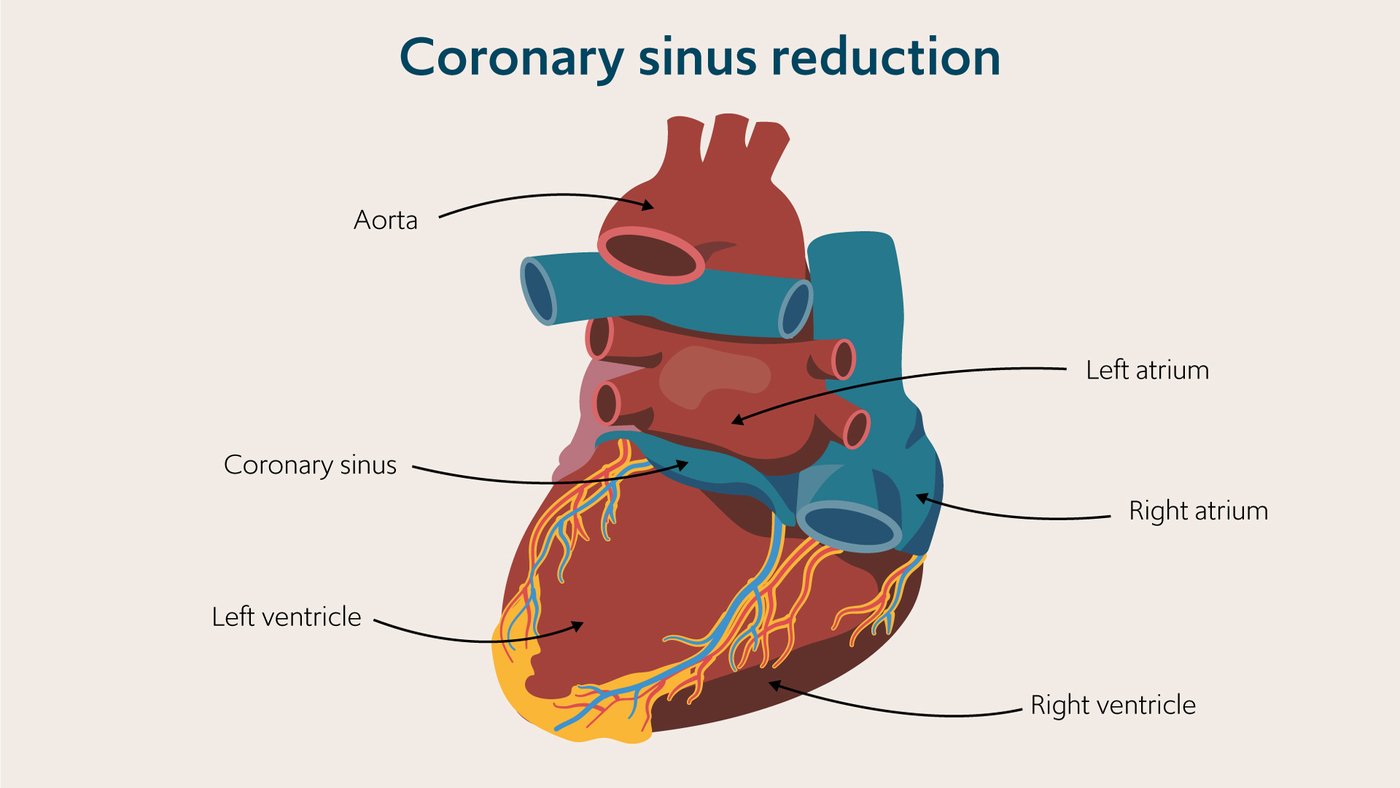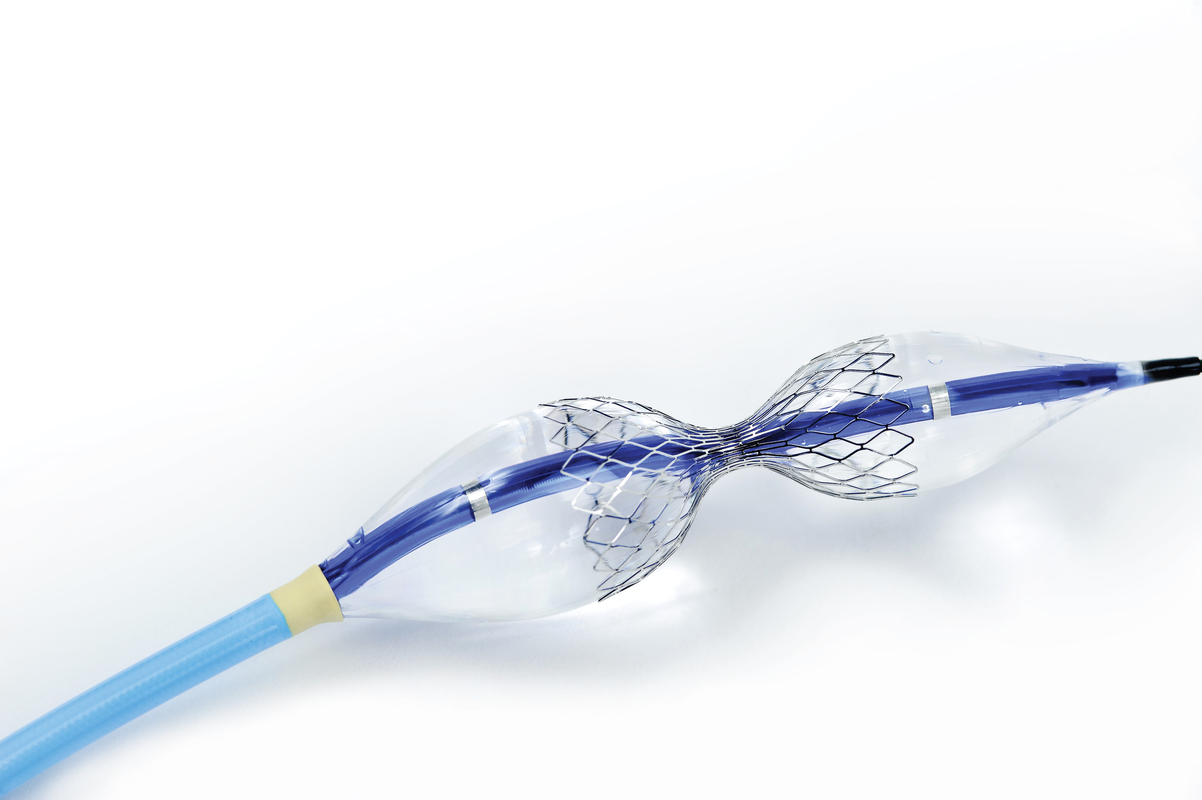What is refractory angina?
Angina is pain or tightness in the chest when not enough blood reaches the heart muscle. It is usually caused by coronary heart disease, where the blood vessels supplying the heart muscle with oxygen-rich blood are narrowed or blocked by the build-up of fatty deposits.
There are a range of excellent treatments for angina, including medications, angioplasty to open up the blood vessels followed by stent insertion, and bypass surgery. However, sometimes despite optimum treatment, you may still get angina symptoms. This is known as refractory angina.
Refractory angina is a challenging condition for patients and doctors. It causes pain, stops you from performing normal daily activities and often repeated hospitalisations. This leads to significantly reduced quality of life and frequently associated with anxiety and depression.
Indicators of refractory angina include:
- chronic angina-type chest pain for 3 months or more
- history of coronary artery disease
- pain associated with reversible ischaemia (lack of oxygen to the heart muscle) that remains after treatment
Coronary sinus reducer implantation is an innovative treatment for uncontrolled or refractory angina.
Royal Brompton and Harefield hospitals have one of the largest experiences of this procedure worldwide and are two of a small number of international centres offering this revolutionary new treatment for refractory angina that is otherwise challenging to treat.
What is coronary sinus reduction?
The coronary sinus is the main vein draining deoxygenated blood form the heart. Implantation of a Reducer is a minimally invasive procedure, performed under sedation during which we introduce the small hourglass-shaped Reducer device into the coronary sinus.


The Reducer device increases blood pressure within the coronary sinus, resulting in improved distribution of oxygenated blood into those areas of heart muscle where it is needed and eases symptoms of angina.
Early research studies indicate that coronary sinus reduction is safe, decreasing distressing angina symptoms in up to eight in ten patients as well as improving quality of life.
In late 2021, NICE (National Institute for Health and Care Excellence) said:
Coronary sinus narrowing device implantation is indicated for people in whom other treatment options (medical or surgical) have failed or are not possible (refractory angina). The aim is to reduce symptoms and to improve quality of life.
What happens in coronary sinus reduction?
Coronary sinus reduction is a quick, safe and minimally invasive procedure that usually takes less than 60 minutes to complete, with patients often discharged the same day.
The specialist interventional cardiologist will perform coronary sinus reduction in the cardiac catheter laboratory, so for angiograms or stenting procedures.
A small incision is made in the skin over your neck to access the underlying vein using ultrasound guidance. A fine flexible tube called a catheter is introduced and placed into the coronary sinus under X-ray guidance.
The Reducer, which is an hourglass-shaped device which is mounted on a balloon catheter, is positioned in the coronary sinus and gently inflated after which the balloon catheter is de-inflated and withdrawn. A dressing will be placed over the incision site after withdrawal of the catheter.
Over time, narrowing of the coronary sinus occurs which increases the pressure of the venous blood draining from the heart muscle.
We have one of the largest worldwide experiences of coronary sinus reducer implantation and are very pleased to report that in our patients with refractory angina and very complex coronary artery disease, we have seen that angina and quality of life improves in around 80% of patients after this treatment. We are currently leading research investigating how the Reducer affects blood flow in the heart.
What are the risks of coronary sinus reduction?
Coronary sinus reduction is a new and exciting treatment for refractory angina. Research is ongoing, but interim results from the REDUCER-I and RESOURCE registries confirm that the Reducer implantation has an excellent safety profile, and complications are rare.
These studies also demonstrated a sustained improvement in angina severity and in quality of life for up to two years.
However, all procedures come with risks. Your specialist team will talk you through the pros and cons of treatment in your case. The risks of coronary sinus reduction include:
- bleeding and bruising at the insertion site
- infection at the insertion site
- perforation of the coronary sinus
- blood clot formation that blocks the coronary sinus – your consultant will prescribe antiplatelet medication to protect against a blood clot
- migration of the device from its position
Locations
Coronary sinus reduction is available in the following locations:
Explore our team of cardiology specialists
Meet our team of renowned cardiology experts. From cardiovascular health assessments to innovative interventions, our experts are committed to delivering personalised care designed just for you.
